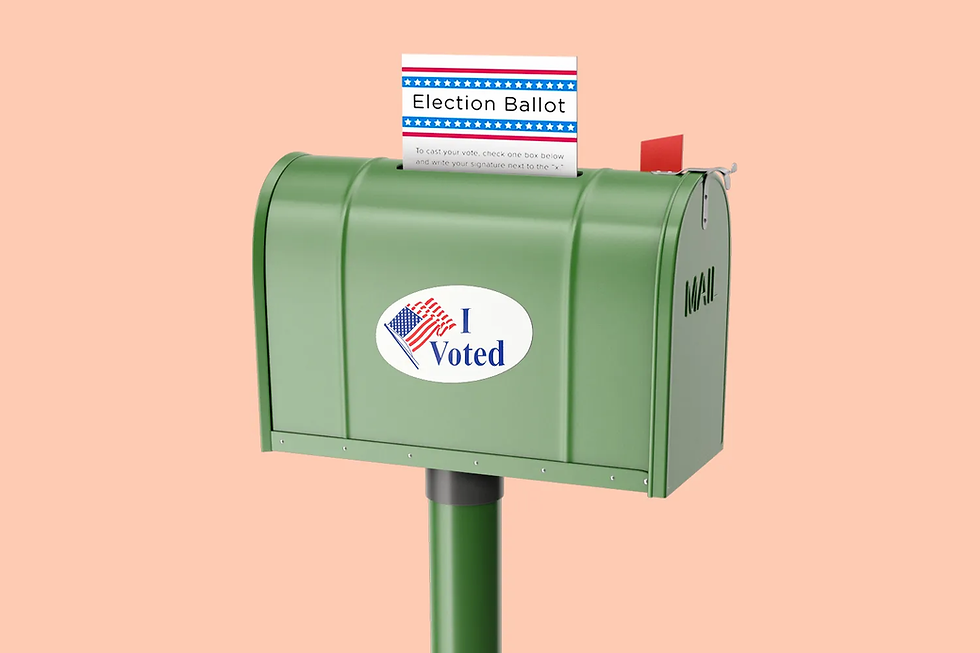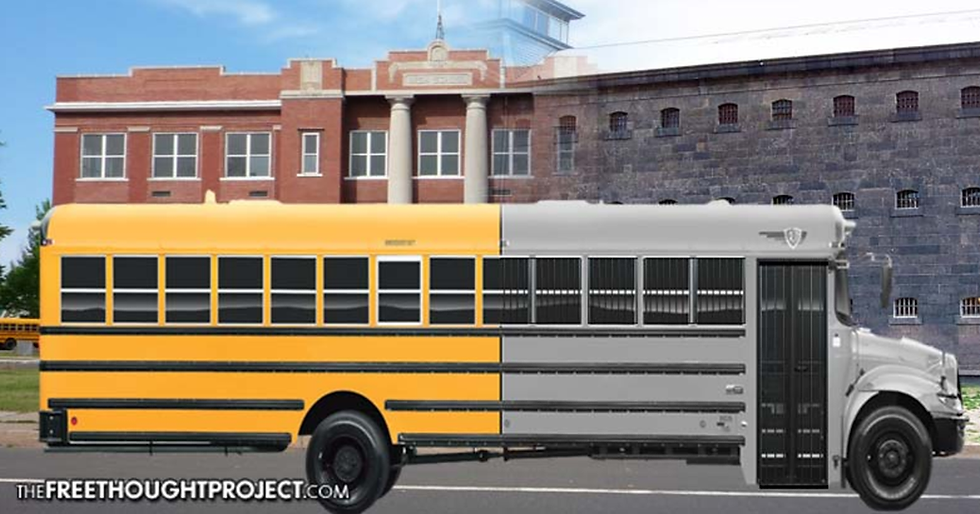The Origins of the American Prison System and Legalized Slave Labor
- Editorial Team

- Sep 4, 2020
- 3 min read

Prisons and jails, as we know them today, are relatively new. Before American Revolution times, prisons were seldom used. Most criminals were dealt with using corporal or capital punishment. Fines were commonplace for the wealthy and public humiliation and ridicule, such as the stocks, flogging, branding, etc., were more common for the lower classes. For the most part, people were not sent to jail for crimes.
As more people started to move and travel, the old ways of punishment felt outdated and ineffective. Americans were looking for a new way to deal with criminals and the Quakers actually created what is thought of as the first modern prison in the world. They, with help of legislators, created new ideas and ways to create prisons and deal with crime. They decided it would be best to make the punishments fit specific crimes, split up prisons by age and gender, and split up the prisoners by more serious crimes and less serious crimes.
The Quakers in Philadelphia helped create the first ever prison in the late 1700s and this attracted the attention of other states. Slowly, more states adopted this method of imprisonment during the early 1800s. Conditions quickly turned poor as overcrowding and underfunding became prominent in the prisons. This new system of prisons was appealing to many other states though as the previous methods were just not suitable for the modern time.
Throughout the mid 1800s, more states implemented larger scale prisons to jail any criminals. These state and federal level prisons really began to spring up around the mid to late 1800s, shortly after the 13th Amendment.
This amendment abolished slavery “except as a punishment for crime”. This meant that slavery could be used in prisons, thus began the new wave of legalized slavery in America. Although using prison labor was not a new idea at the time, this granted prison wardens and owners the ability to use free Black labor at an unprecedented rate.
It is no coincidence that jails and prisons grew exponentially following the abolishment of slavery. The white people in power needed a new way to control and exploit black people so they created this clause within the 13th Amendment that allowed them to use slave labor once again.
The South suddenly had 4 million people that used to be property used for their free labor so they had to figure out what to do with all of them. The South desperately needed them for their labor but were either unable or unwillingly to pay them for such. But that loophole allowed them to arrest Black men for minor and petty offenses so that they could once again exploit them for free labor. Masses of Black men started being arrested exactly for this reason.
People convicted of a felony also cannot vote in America so this mass increase in Black prison population allowed the government to disenfranchise Black Americans. Black men did not even receive the right to vote until 1870, just a few years after the abolishment of slavery. But again, being a felon took away that right. So basically, ever since Black people received the right to vote, white people have been trying to take it away.
There are so many issues with the current prison system in our country; the privatization of prisons, the focus on punishment rather than rehabilitation, mistreatment of Trans people, etc. The list goes on and on but it is important to recognize the origins of our prison system and how it came to be. I am not going to divulge into all of these issues during this post, but I encourage you all to dive deeper yourselves and learn about what all is going on. I plan to do more posts on the prison system, but until then, please do further research and learn all that you can.
Barnes, Harry Elmer. “The Historical Origin of the Prison System in America.” Journal of the American Institute of Criminal Law and Criminology, vol. 12, no. 1, May 1921, p. 35, scholarlycommons.law.northwestern.edu/cgi/viewcontent.cgi?article=1772&context=jclc, 10.2307/1133652. Accessed 4 Sept. 2020.
Bauer, Shane. “The True History of America’s Private Prison Industry.” Time, Time, 25 Sept. 2018, time.com/5405158/the-true-history-of-americas-private-prison-industry/. Accessed 4 Sept. 2020.
Delaney, Ruth, et al. “Vera Institute of Justice.” Vera, 10 Oct. 2018, www.vera.org/reimagining-prison-web-report/american-history-race-and-prison. Accessed 4 Sept. 2020.
DuVernay’, Ava. “13TH | FULL FEATURE | Netflix.” YouTube, 17 Apr. 2020, www.youtube.com/watch?v=krfcq5pF8u8. Accessed 4 Sept. 2020.
Petersilia, Joan. “Beyond the Prison Bubble.” National Institute of Justice, 2 Nov. 2011, nij.ojp.gov/topics/articles/beyond-prison-bubble. Accessed 4 Sept. 2020.
Pray, Roger T. “How Did Our Prisons Get That Way? | AMERICAN HERITAGE.” Www.Americanheritage.Com, Aug. 1987, www.americanheritage.com/how-did-our-prisons-get-way#1. Accessed 4 Sept. 2020.



Comments